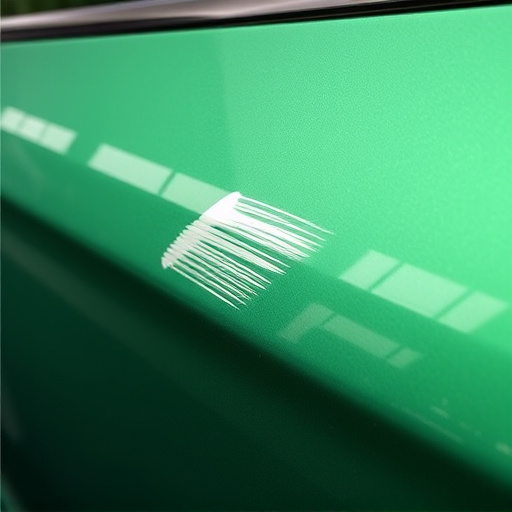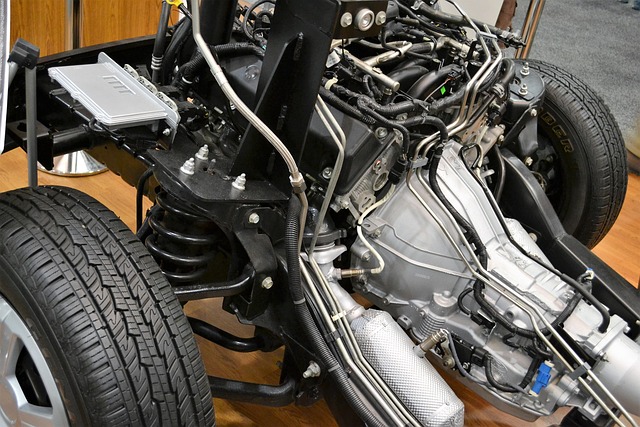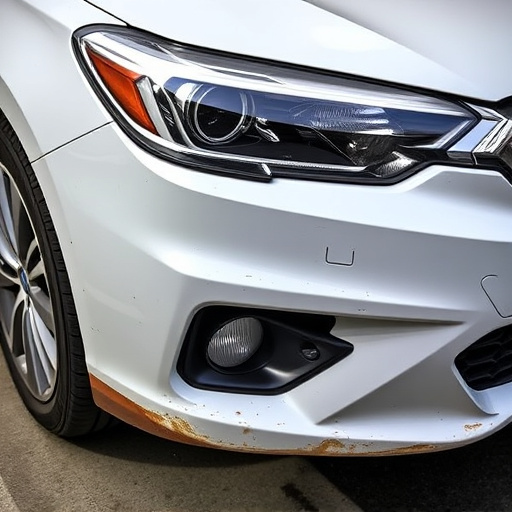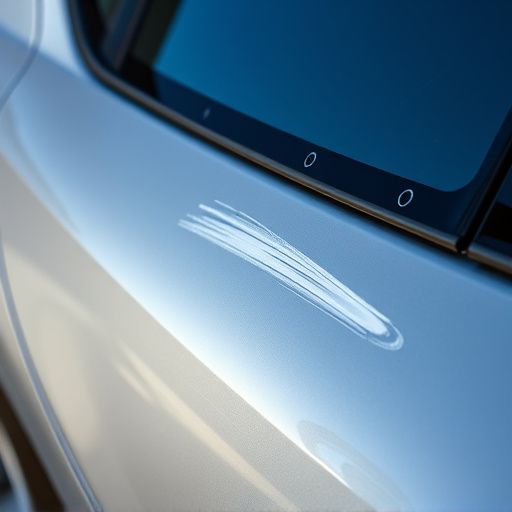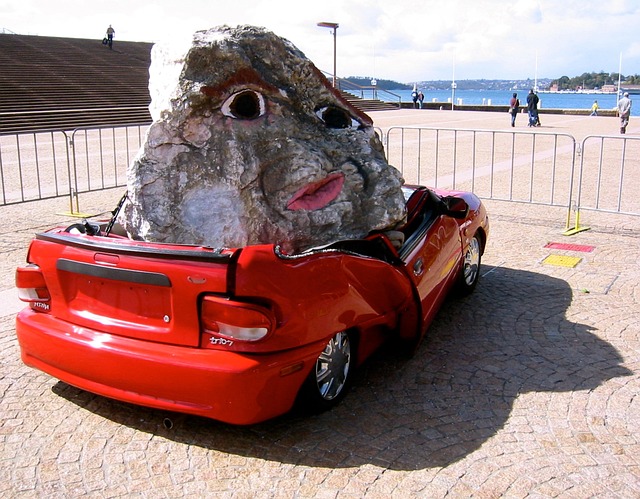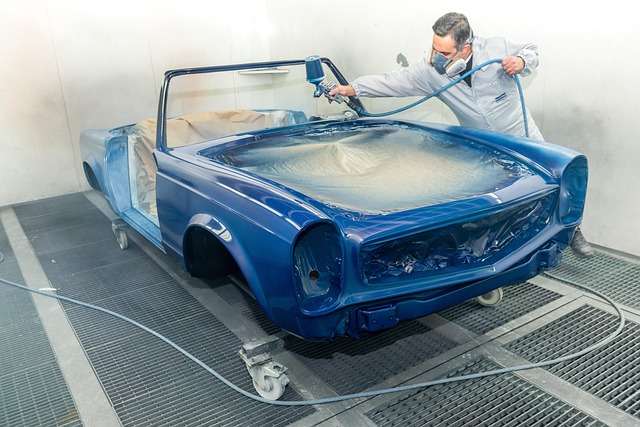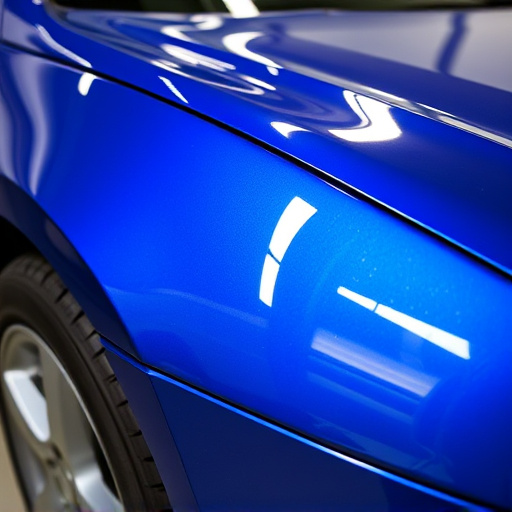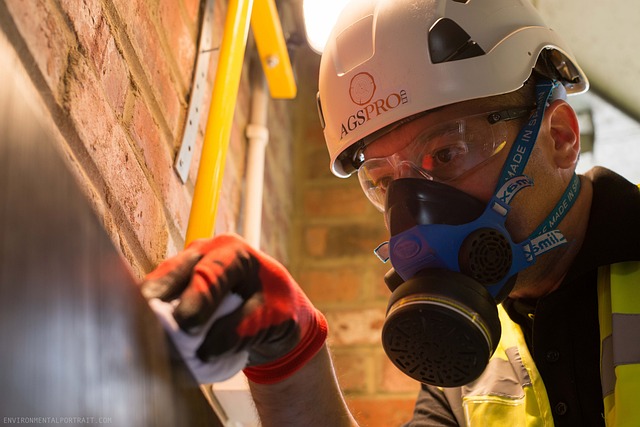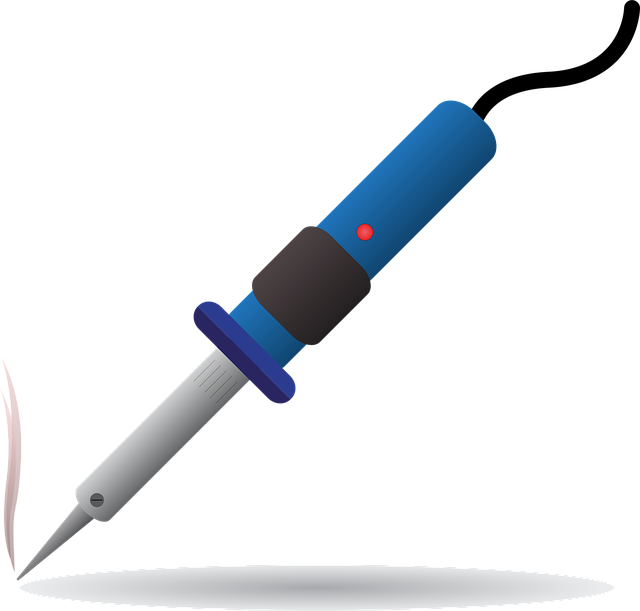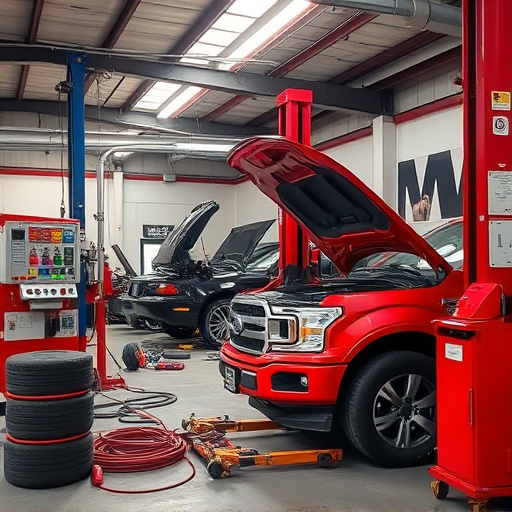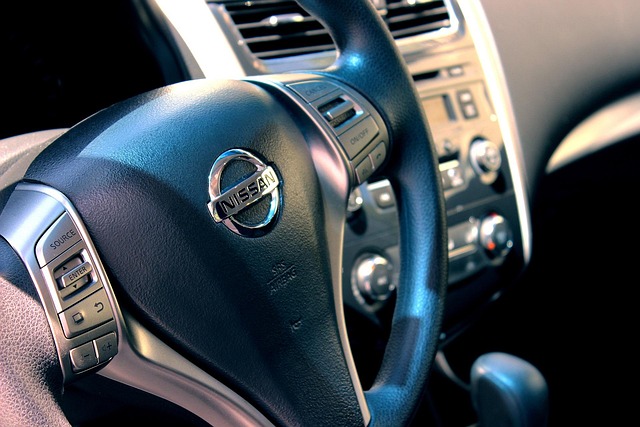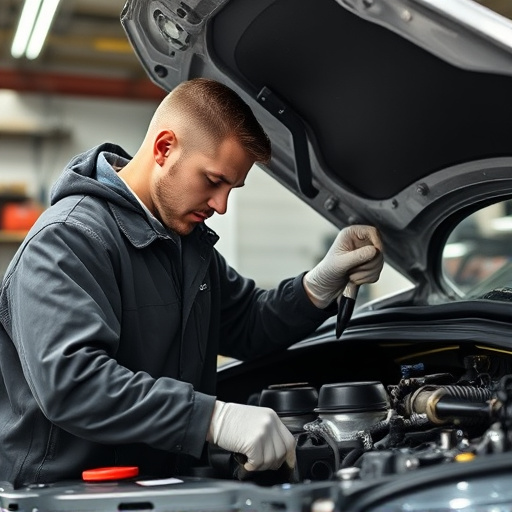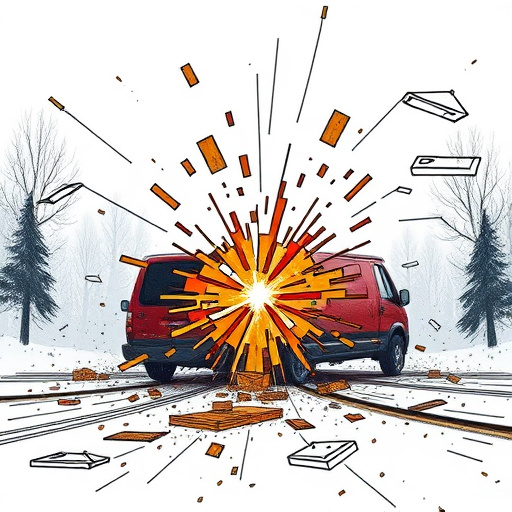After a car accident, proper import car collision repair starts with a thorough inspection using digital tools to identify visible and hidden damage. Reputable auto body shops then create a customized repair strategy that may include panel replacement, paint restoration, or advanced car scratch repair. This meticulous process ensures the vehicle's safety, structural integrity, and pre-accident condition, but can be challenging due to specialized parts, intricate designs, and varying safety standards. Sourcing genuine replacement parts and complex repairs require skilled technicians and specialized facilities, leading to longer waiting times.
Import car collision repair can be a complex process due to unique challenges posed by different models. This comprehensive guide offers 10 essential tips to ensure top-notch repairs for your imported vehicle. From assessing damage and planning repairs, to acquiring genuine parts and skilled labor, each step is crucial in achieving exceptional quality control and maximizing customer satisfaction. Discover how to navigate this intricate process with confidence.
- Assessing Damage and Planning Repairs
- – Understanding the extent of the damage
- – Identifying unique challenges with import cars
Assessing Damage and Planning Repairs
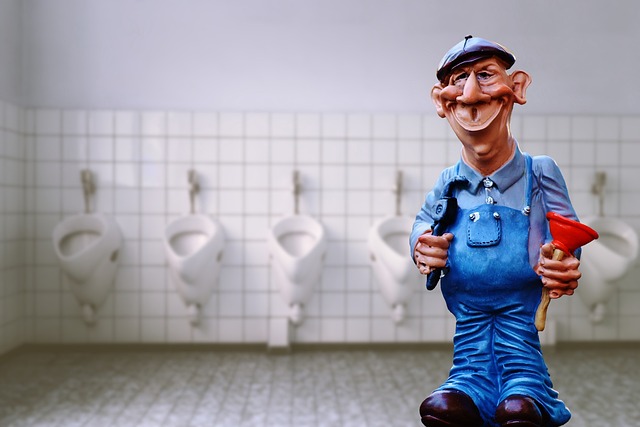
After a car accident, understanding the extent of damage is crucial for effective import car collision repair. The first step involves carefully inspecting the vehicle to identify both visible and hidden impacts. Look for dents, scratches, cracked or broken glass, as well as any signs of mechanical malfunction. In many cases, digital imaging tools can help uncover lesser apparent damages. This thorough assessment guides the planning phase, where a detailed repair strategy is outlined.
Reputable auto body shops skilled in import car collision repair will create a plan tailored to the vehicle’s specific needs. This might include panel replacement, paint restoration, or sophisticated car scratch repair for minor scuffs. The goal is not only to restore the car to its pre-accident condition but also to ensure safety and structural integrity. Proper planning and execution are key to achieving a seamless auto collision repair outcome.
– Understanding the extent of the damage
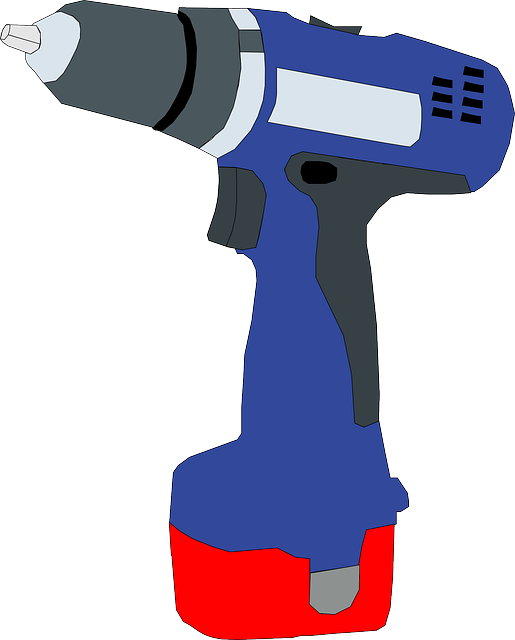
After any import car collision, understanding the full extent of the damage is the first and crucial step in the repair process. This involves a thorough inspection to identify not just visible dents and scratches but also potential hidden damage that might require advanced diagnostic tools to uncover. The goal here is to ensure no aspect of the vehicle’s structure or safety systems is compromised.
In an automotive body shop, skilled technicians will assess the condition of the car’s frame, panels, trim, and various mechanical components. This includes checking for alignment issues, damaged or missing parts like bumpers, fenders, or doors, as well as assessing the integrity of the vehicle’s underbody. Proper evaluation ensures that repairs are carried out accurately, leading to a reliable and safe import car collision repair.
– Identifying unique challenges with import cars
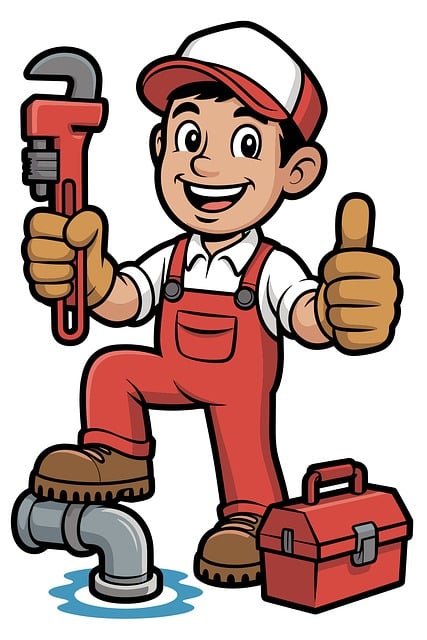
When it comes to import car collision repair, there are unique challenges that differ from domestic vehicle models. Import cars often have specialized parts and intricate designs, which require a higher level of expertise and specific tools for effective auto collision repair. These vehicles may also have different safety standards and features, such as advanced airbag systems or complex electronic modules, demanding precise handling during the repair process.
One significant challenge is finding genuine replacement parts that are exactly compatible with the make and model. While many general auto collision repair shops can handle basic repairs, more intricate work on import cars may need specialized facilities equipped to deal with unique fender repair or even vehicle repair needs. This often translates to longer waiting times for owners as the right expertise and parts must be sourced, ensuring the safety and integrity of the vehicle post-repair.
When tackling import car collision repair, a thorough assessment and strategic planning are key. By understanding the unique challenges associated with import vehicles and employing these 10 essential tips, you can ensure a successful and efficient repair process. From accurately evaluating damage to accessing the right parts, each step contributes to restoring your import car to its pre-accident condition.
